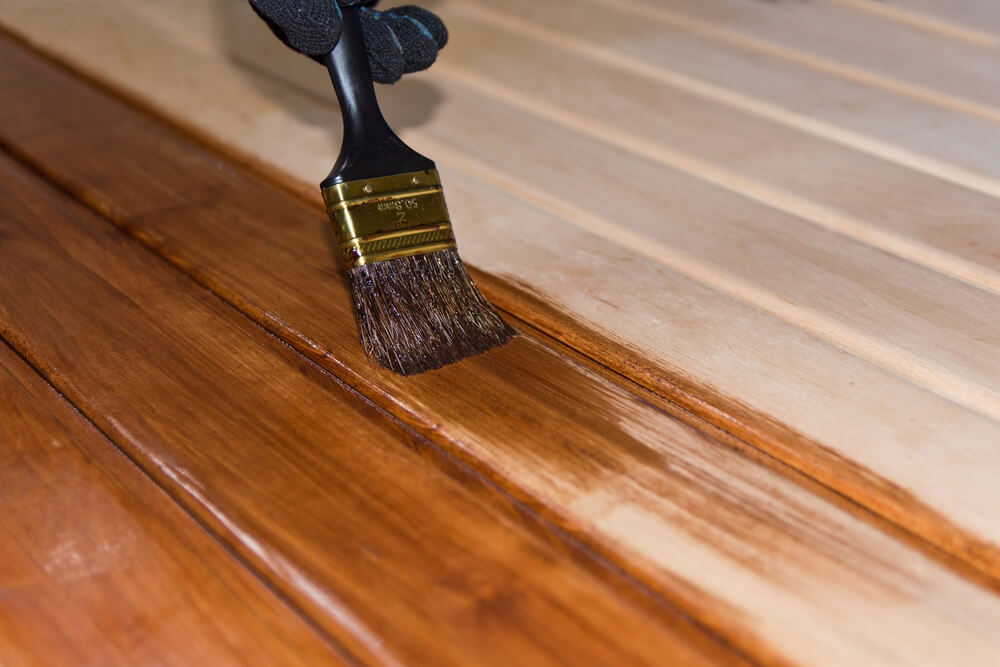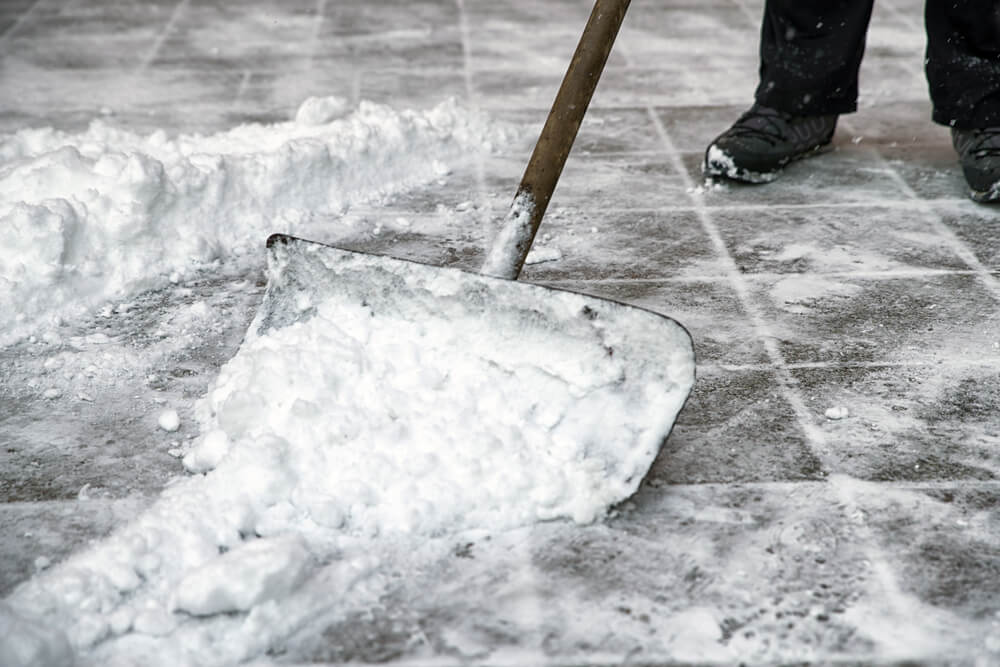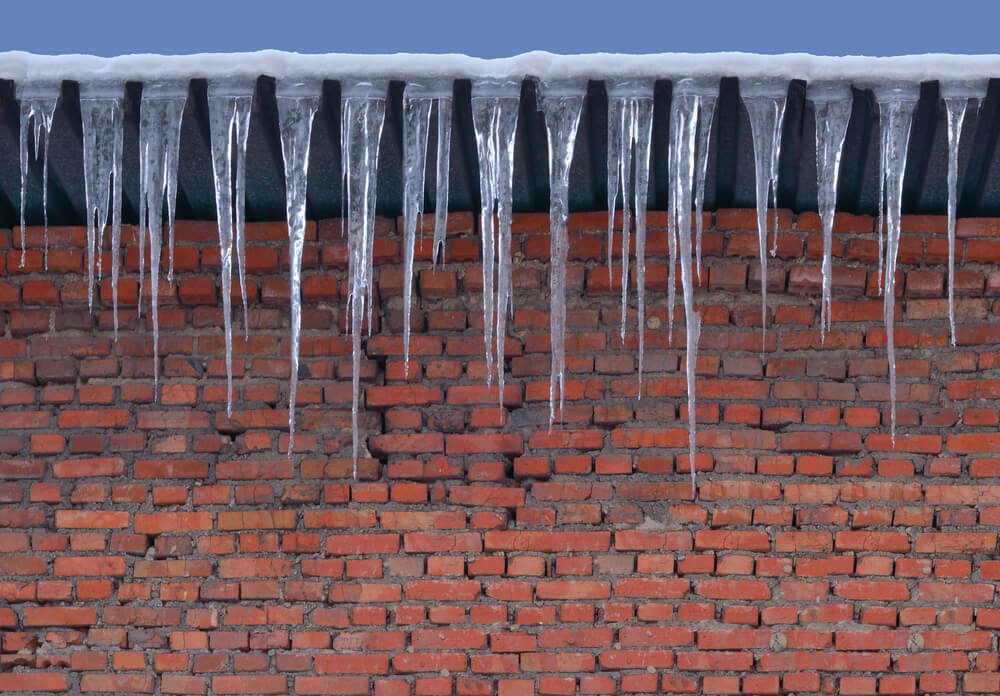Five ways to combat pesky ice this winter
This week it certainly looks like winter is in full swing, with plummeting temperatures, lots of layers, and nights spent beside roaring fires. While winter brings with it many lovely (and, at times, not-so-lovely) things, one of the peskiest parts of the season is—ICE. But fear not, our winter warriors—the following tips will see that your ice-related woes are worries no more!
1. Prepare timber surfaces properly: Preparation and pretreatment are essential steps for any responsible homeowner. This step will save you from a plethora of trouble down the line. Use the appropriate woodfiller to repair defects and prevent moisture ingress. A wood preserver will also help to protect your exterior timber and save it from decay and mould caused by precipitation and other outdoor elements. These steps are especially important in the winter, when the natural world is harsher and more unforgiving than it is during other seasons.
2. Use the right ice dissolver for your surface: While salt is an appropriate option for concrete and stone surfaces, it should NOT be used on wood. Sand can be used to help navigate icy terrains safely (NOT on wood), but doesn’t have a dissolving effect. When it comes to exterior timber, Calcium Magnesium Acetate is a gentle ice solvent that’s as mild as tap water. Please keep in mind that pre-treatment is still crucial for this step, and any other steps.
3. Use a broom and/or shovel to rid surfaces of snow: If your area receives snowfall this winter, it’s best to remove it from surfaces as soon as possible. This prevents the snow from compacting or melting and forming ice, which we all know can be dangerous and irritating. For concrete or stone surfaces, a shovel should do the trick. Do NOT use steel shovels on timber, as it can cause scratches. For light snow, and on timber surfaces, simply use a broom to clear the area. Ensure to sweep in parallel motions (with the lines of the timber), so as not to go against the grain.
4. Deal with ice as soon as possible: Ice will become problematic when left undisturbed. In addition to making walkways and outdoor areas treacherous, it can seep into timber, expanding cracks and/or causing decay. The longer ice rests the more harmful it can be to exterior surfaces, and the greater the chance that you or your loved ones will slip and fall.
5. Remove icicles safely: Icicles can be dangerous to people as well as to your exterior timber. These ice formations, which often break off and fall, are usually sharp and can cause nicks to wood. Use a broom or extension pole to remove hovering ice, and exercise caution when doing so, standing far enough away from the targeted area (and on stable footing).
The above five recommendations will help you deal with ice, which is especially prevalent this time of the year. For more top tips and home maintenance advice, call into your local Sadolin stockist or visit us on the web. Wishing you a very safe and happy New Year!




